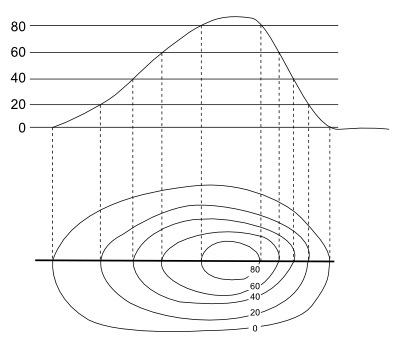THE Goode's Discontinuous Projection, also known as Goode's Interrupted Projection or Goode's Homolosine Projection, is a cartographic projection elaborated by the American cartographer and geographer John Paul Goode (1862-1932), being of the type cylindrical and characterized by presenting a world map visibly deformed due to "cuts" existing in areas oceanic.
Goode worked for many years with the concern of producing a cartographic projection that would value continental areas both in their forms and in their areas. This was in contrast to the projection elaborated by Mercator, which was widely used by navigation for privileging oceanic areas.
Thus, in 1916, Goode arrived at his result, which was found after segmenting some areas of the Pacific oceans, Atlantic and Indian Ocean, so that most of the emerging lands remained fully conserved, with the exception of Greenland and Antarctica. However, the northwestern region of Asia had its shapes distorted. Due to its appearance, the interrupted projection is commonly associated with orange peel on pieces on a flat area, as some parts are disconnected from each other, making it impossible to join them again.
Do not stop now... There's more after the advertising ;)
It is known that all cartographic projections, as they are plane representations of a spherical area, present inevitable distortions, and the case of the discontinuous projection is no different. For this reason, it has some advantages and disadvantages.
Among the advantages of this projection, we can mention its use for the production of thematic maps concerning strictly terrestrial phenomena, such as the distribution of industries and the distribution of large cities across the world. Among the disadvantages are the impossibility of calculating intercontinental distances, representing oceanic and polar areas, as well as visualizing the entire land mass together.
Goode's Discontinuous Projection is thus another example of how cartographic projections should be used differently, adapting their characteristics to the use that will be made of them, it being up to the map maker to evaluate the criteria to make the best choice possible.
__________________________
* Image Credits: Strebe/Wikimedia Commons
By Rodolfo Alves Pena
Graduated in Geography
Would you like to reference this text in a school or academic work? Look:
PENA, Rodolfo F. Alves. "Goode's Discontinuous Projection"; Brazil School. Available in: https://brasilescola.uol.com.br/geografia/projecao-descontinua-goode.htm. Accessed on June 28, 2021.


